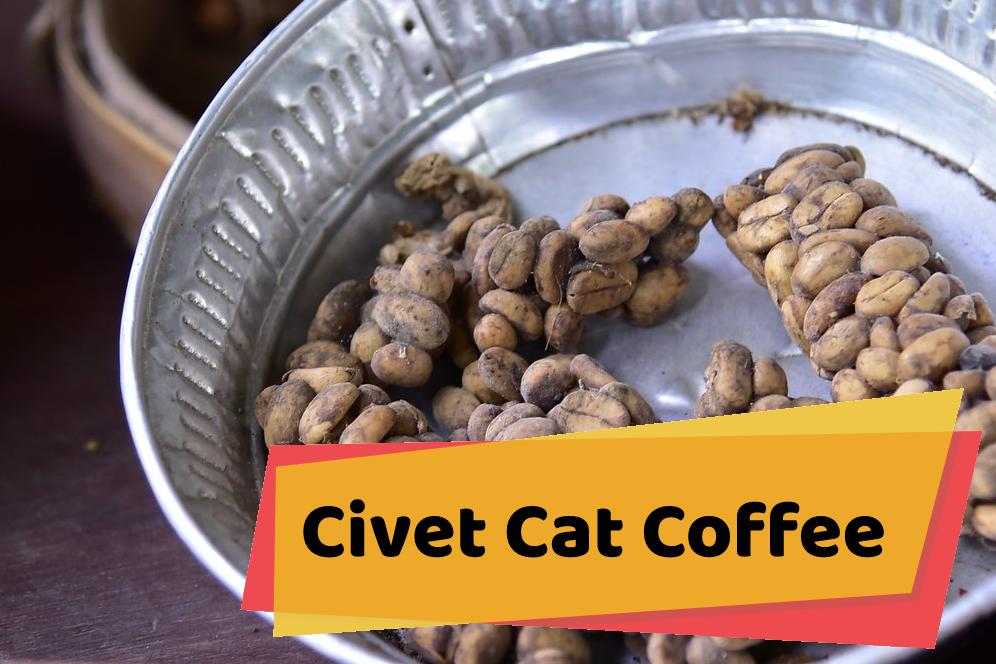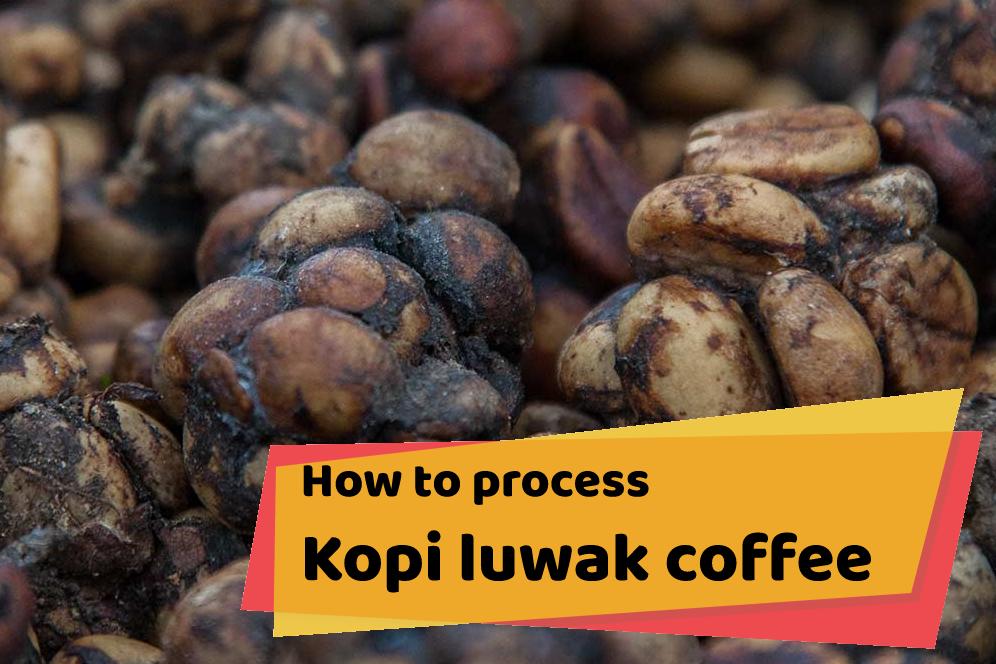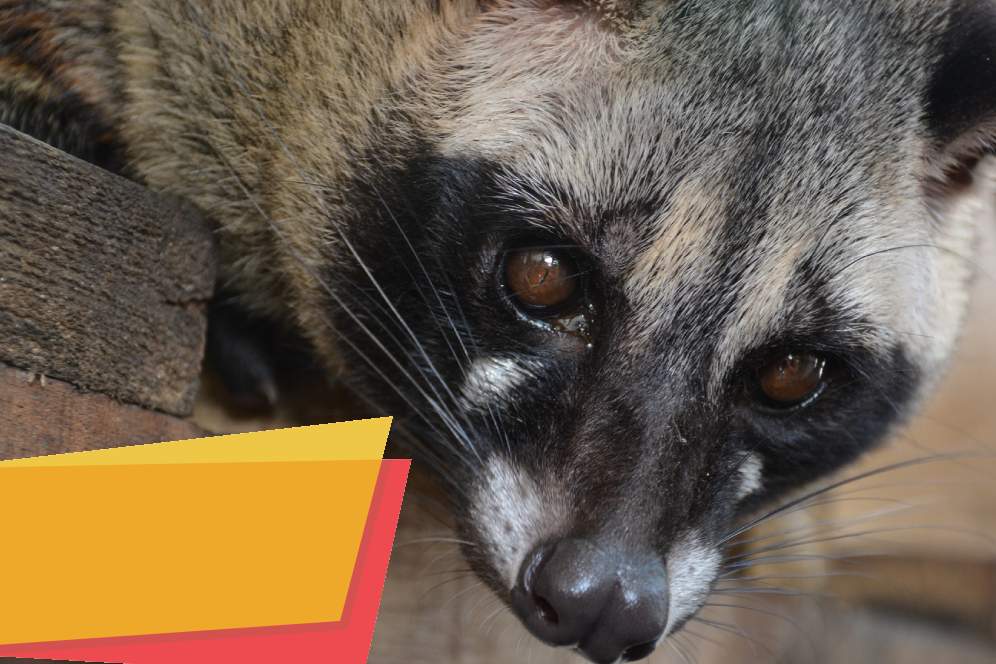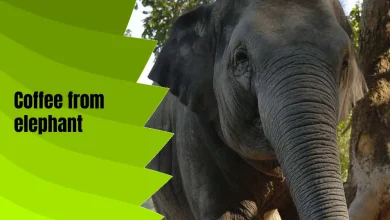Kaya Kopi Luwak (Civet Cat Coffee) – World’s Most Expensive Coffee
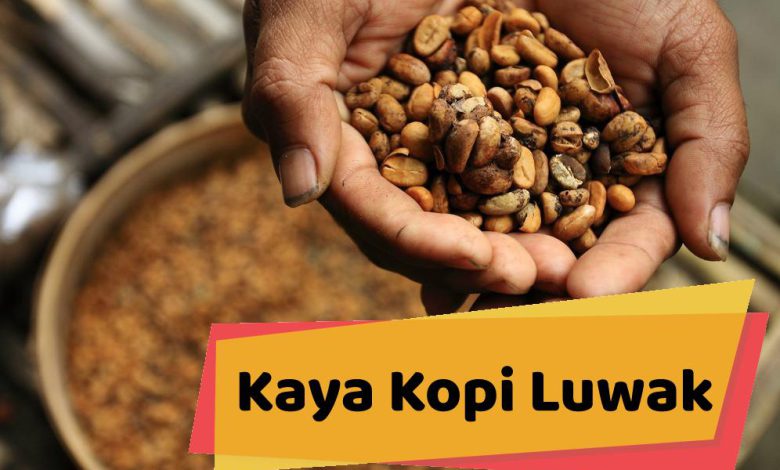
Although we consume coffee as a hot drink, it has become a savior for many of us, especially in recent years, thanks to its power to the body. So how much do we really know about the coffee we drink?
If you are wondering what the most expensive coffee in the world is and how it is produced, be sure to read this article!
Luwak coffee, which is the most expensive and least produced coffee in the world, is produced from civet cat feces. The production process, which has its roots in Indonesia, begins with civet cats eating coffee beans.
Contents
- 1 What is Kopi luwak coffee?
- 2 Is Kopi Luwak cat or monkey?
- 3 How to process Kopi luwak coffee
- 4 Does Kopi Luwak Coffee Promote Animal Cruelty?
- 5 History of kopi luwak
- 6 The quality of Kopi luwak coffee
- 7 What is the reason for this coffee being expensive?
- 8 What Does Kopi Luwak Taste Like?
- 9 Kopi luwak coffee features
- 10 Conclusion about the world’s most expensive coffee
What is Kopi luwak coffee?
An Indonesian native animal called the civet- (a native Indonesian cat species) is responsible for producing this coffee.
This mammal tramples the forests of Indonesia and eats cherries, seeds, and all the components of coffee.
So what will happen next?
Kopi luwak is not actually the name of a type of coffee, but the name of this specific type of coffee processing. The reason is that the civet eats the coffee pods, but the coffee beans are not digested in the intestines of this animal, and as a result, they are excreted.
After the coffee beans are removed, they are collected, washed, roasted, ground and brewed.
It is interesting to know that it is one of the most expensive coffee beans in the world.
Now the question is when and why this happened for the first time? Why should one of the most expensive coffees in the world be extracted from a cat’s excrement and drink it?
Is Kopi Luwak cat or monkey?
Kopi means coffee, and Luwak is the name of the civet, a type of spotted cat-like mammal. Civets are found in Indonesia, but they generally inhabit areas across Asia, Africa, and Madagascar. They play a significant role in the production of civet coffee. The story behind Kopi Luwak coffee is both thrilling and sad. Many villagers collect this coffee.
How to process Kopi luwak coffee
Kopi luwak is originated from Indonesia. A major part of the income of the people of Java, Sumatra, Bali, and Sulawesi provinces comes from selling this coffee.
A cat called Luwak or (Civet) wanders in the coffee fields and feeds on coffee fruit.
Enzymes are secreted in the stomach of this animal, which are said to give the coffee a special taste. Then the workers collect the excrement of the Luwak, which contains intact coffee beans, and continue the processing process, i.e. washing, drying and roasting.
Does Kopi Luwak Coffee Promote Animal Cruelty?
The Dark Side of Cat Coffee
Like many other trendy products, impoverished coffee farmers try to profit from exclusive coffee, often at the expense of animals. Unfortunately, this usually comes at the cost of animal welfare. While local people once collected feces from wild civets, there are now farms where civets are kept in cramped cages and exclusively fed coffee cherries. This leads to widespread malnutrition and disease. Mortality rates in captivity are high. Therefore, yes, regrettably, it must be known that animals suffer for this coffee.
It is ethically questionable and has been boycotted by PETA.
These two ethical concerns, namely improper caging/farming on one hand and poor nutrition on the other, as well as the lucrative trade in hypothetical Kopi Luwak that is not actually civet coffee, provide sufficient reasons for animal cruelty.
Therefore, it is not surprising that the animal rights organization PETA has called for a boycott of Kopi Luwak, as documented in their article “Kopi Luwak – The Suffering of Civet Cats” in 2013.
The article concludes with this request: Please do not promote the suffering of civet cats; never buy Kopi Luwak coffee.
History of kopi luwak
The origin of kopi luwak coffee seems to go back to the time when Indonesia was colonized by the Dutch when the native farmers worked in the Dutch coffee plantations.
In the 18th century, coffee’s popularity was rapidly increasing.
To meet the increased demand, the Dutch banned Indonesian farmers from producing or selling coffee beans for local markets.
Harvesting coffee from civet droppings was a way to escape this colonialism.
The reason was that the Dutch did not have a monopoly of animal manure. In fact, the Indonesian farmers were so curious to taste the pleasure of the coffee that was produced by their own plantation and that the Dutch were drinking that this strange idea came to their mind.
Indonesian farmers, however, discovered that the undigested seeds collected in civet feces are relatively clean. These seeds are protected by a permanent layer of the coffee cherry called the endocarp.
As a result, farmers from Indonesia realized that if they washed and roasted the seeds, the chances of encountering bacteria from the civet’s digestive tract were minimized.
The result was a tasty and aromatic tea that quickly became popular on the Indonesian islands.
Kopi Luwak coffee was first brought to Europe by Tony West in the 1990s and has been very popular since then.
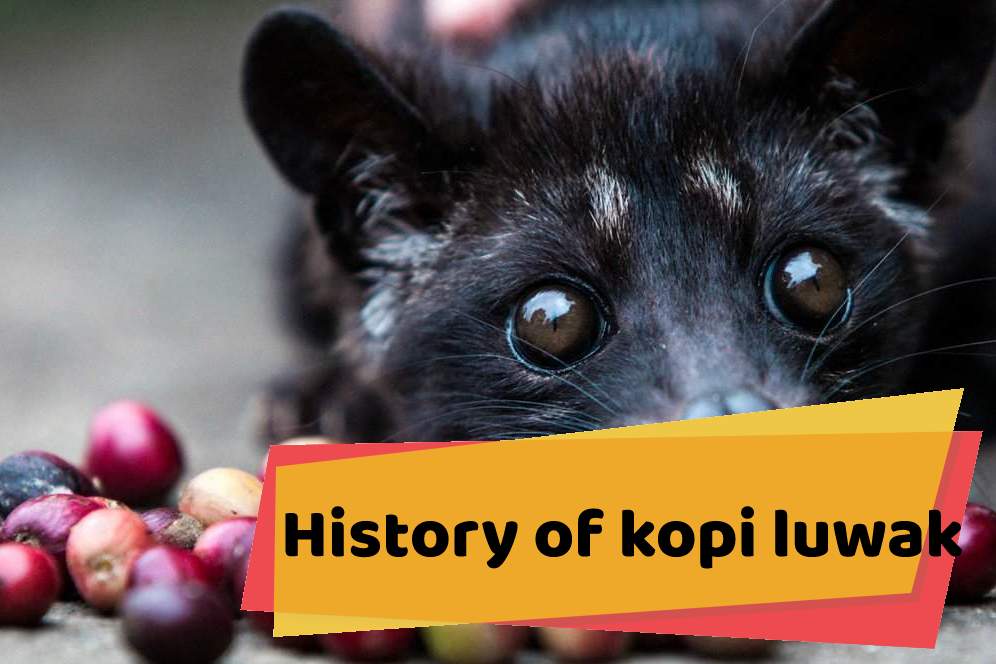
The quality of Kopi luwak coffee
There are disagreements about this type of coffee and its quality. The high demand and rarity of this type of coffee make its price go up. Many people believe that there is no reason for the high price of Kopi Luwak. Because this type of coffee is not considered to be of high quality. Because this kind of coffee is thin and has a small brain.
It is said that this type of coffee is a little softer than other coffees and is less bitter. Also, due to the citric acid present in it, the seeds stay fresher.
What is the reason for this coffee being expensive?
Making Kopi Luwak coffee is not an easy task at all, and the amount prepared and available is very limited, that’s why its price is very high, which has even made it compare to gold.
What Does Kopi Luwak Taste Like?
The fermentation process in a cat’s stomach alters the taste of coffee. Enzymes present in the digestive system are considered for breaking down the bitter compounds found in coffee beans. The taste of Kopi Luwak is described as smooth, full-bodied, and earthy.
Kopi luwak coffee features
It contains less bacteria
What sets Kopi Luwak coffee apart from other coffees is that it contains less bacteria and therefore has a different aroma.
Although the production conditions are different from what is known, the fermentation process of the coffee in the stomach and the fact that it is carefully disinfected afterwards are effective in reducing bacteria.
limited production
The most important feature that distinguishes Luwak coffee from other coffees is that the place of production is only in one place, and from that point it is distributed in the world.
Luwak coffee producers also offer the chance to watch the production process live for those who want to try this coffee in their area.
A civet cat that consumes too much coffee will have a shortened lifespan
Sugeng Pujiono, who has been producing Luwak since 2012 in Bandung’s Lembang district, told Anadolu Agency, “My main profession is veterinary medicine. After working as a veterinarian for a while, I started producing coffee.
Then I opened a business in Bandung called “Kopi Luwak Cikole”.
Pujiono stated that coffee is not actually a staple food for felines: “Coffee fruit is only included as a snack for cats.
If coffee fruit is given every other day to Siwa cats, they will produce more and earn money.
They die in a short period of time.
There are campaigns to end the production and sale of lewak, with animal rights groups criticizing the animals for taking them from their natural habitats and forcing them to live in squalid conditions in small cages.
Conclusion about the world’s most expensive coffee
Kopi luwak coffee is one of the most popular drinks in the world, according to the geographical region, the type of grain, and its preparation process has a special aroma and taste and parameters.
